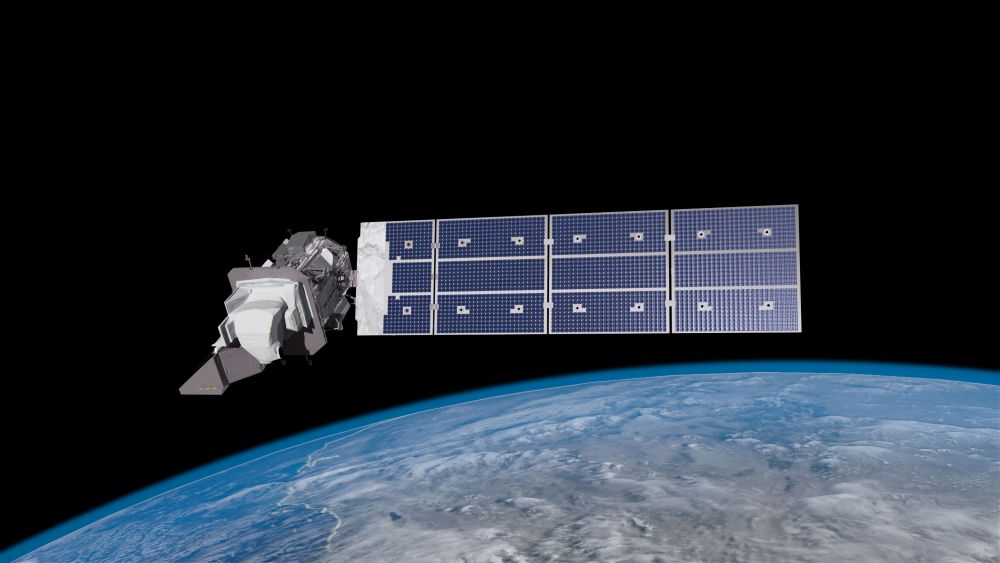Roy advocates for continued science oversight of the U.S. Landsat program in the journal Science
June 13, 2025

An artist's conception of the Landsat 9 spacecraft, the ninth satellite launched in the long-running Landsat program, high above the Western US. (Image credit: NASA's Goddard Space Flight Center/Conceptual Image Lab)
Professor David Roy and colleagues recently published a letter in the journal Science highlighting the need for continued scientific guidance for the current and next-generation Landsat Earth Observation satellites. Landsat provides the longest global terrestrial observation record and is developed and managed through an interagency partnership between the National Aeronautics and Space Administration (NASA) and the Department of the Interior, U.S. Geological Survey (USGS). The recent NASA Transition Authorization Act of 2025 directed NASA to assess how the private sector could contribute to current and future Landsat missions, including the next-generation Landsat mission scheduled to be launched in 2030 or 2031. Landsat satellites have acquired more than 50 years of global observations from space that are used to characterize the state and changes in the biosphere, cryosphere, and hydrosphere. According to a 2019 USGS report, the Landsat program provides $3.4 billion in annual benefits, eclipsing mission costs. The letter highlights the need for scientific oversight to help ensure that the objective evidence Landsat provides for understanding Earth will continue.
Roy is a professor of geography with the Department of Geography, Environment, and Spatial Sciences at Michigan State University and serves as the Director of the Center for Global Change and Earth Observations. He is a member of the NASA GEDI Science Team, the NASA Land-Cover/Land-Use Change Science Team, associate member of the NASA Suomi National Polar-orbiting Partnership (NPP) Land Science Team and NASA MODIS Land Science Team, was the co-lead of the 2018-2023 USGS NASA Landsat Science team , and is co-chair of the GOFC-GOLD Fire Implementation team. He is a recipient of four NASA group achievement awards in recognition of his teamwork on the MODIS Terra and Aqua missions.

